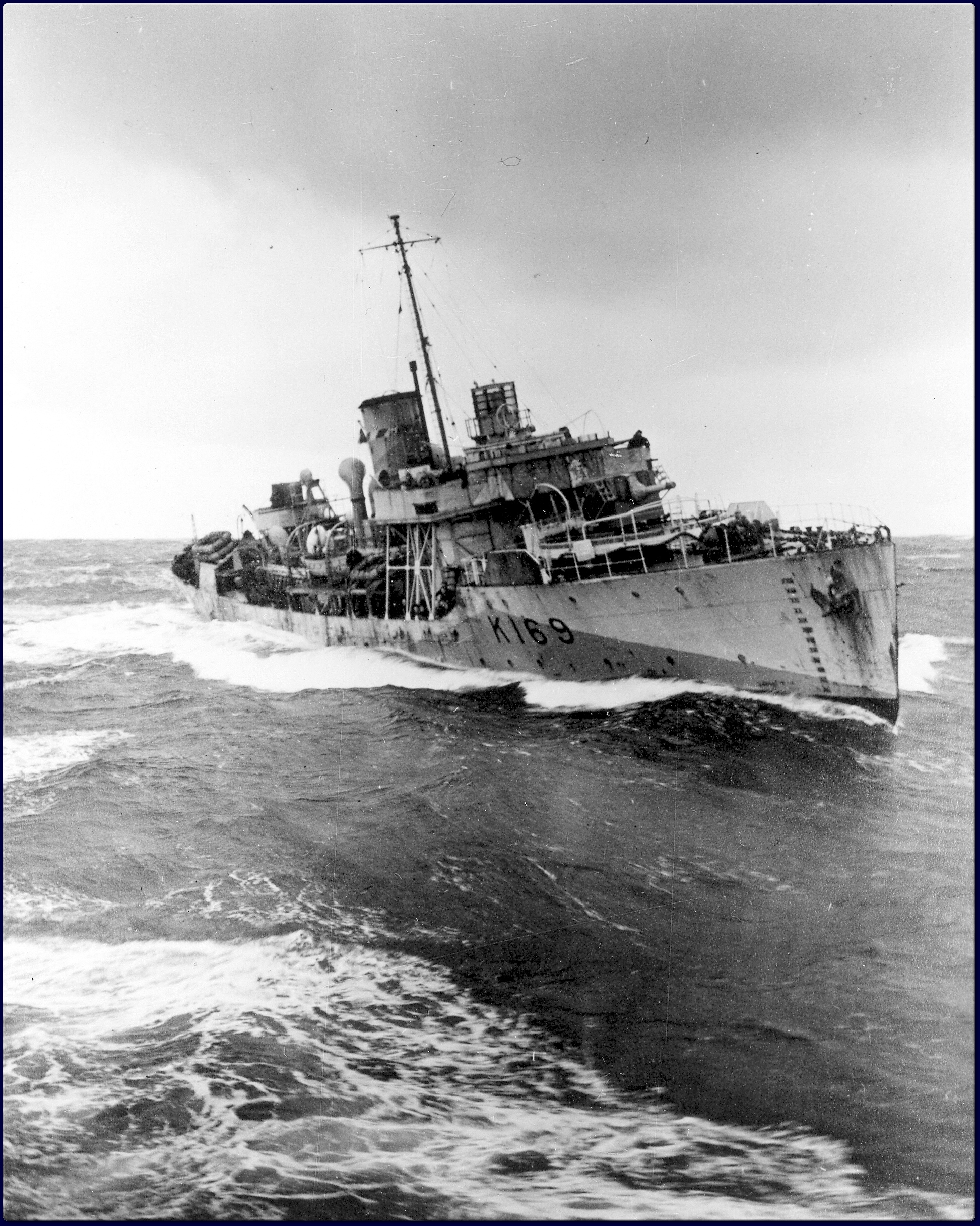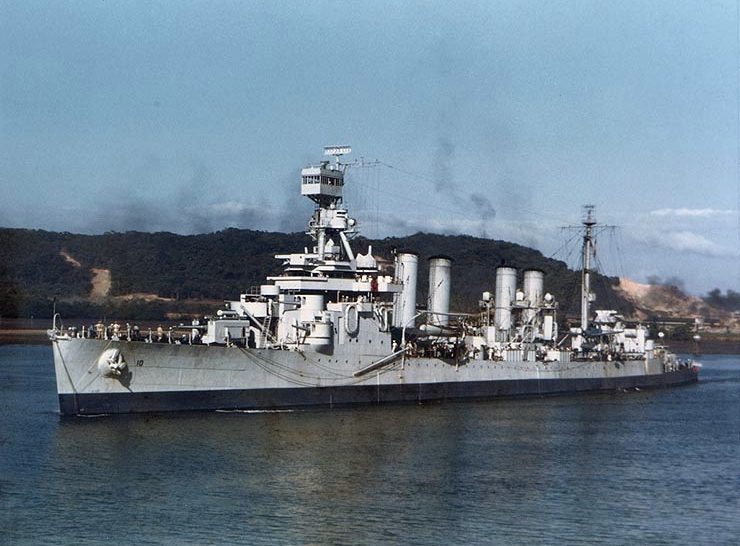Target Angle on:
[Wikipedia]
[Google]
[Amazon]




 Target angle is the
Target angle is the
"Now you see it... Now you don't,"
''The Times.'' March 10, 2007.




 Target angle is the
Target angle is the relative bearing
In navigation, bearing or azimuth is the horizontal angle between the direction of an object and north or another object. The angle value can be specified in various angular units, such as degrees, mils, or grad. More specifically:
* Absolut ...
of the observing station from the vehicle being observed. It may be used to compute point-of-aim for a fire-control
A fire-control system (FCS) is a number of components working together, usually a gun data computer, a director, and radar, which is designed to assist a ranged weapon system to target, track, and hit a target. It performs the same task as a hu ...
problem when vehicle range and speed can be estimated from other information. Target angle may be best explained from the example of a submarine preparing to launch a straight-run (non-homing) torpedo
A modern torpedo is an underwater ranged weapon launched above or below the water surface, self-propelled towards a target, and with an explosive warhead designed to detonate either on contact with or in proximity to the target. Historically, s ...
at a moving target ship. Since the torpedo travels relatively slowly, the torpedo course must be set not toward the target, but toward where the target will be when the torpedo reaches it. Target angle is used to estimate target course.
The submarine observer estimating target angle pictures himself on the target ship looking back at the submarine. Relative bearing of the submarine is the clockwise angle in degrees from the heading of the target ship to a straight line drawn from the target ship to the submarine.
When target angle is 0° (or 360° ) the target ship is coming directly toward the submarine.
Target angles between 0° and 90° indicate the target ship is moving toward and to the right of the submarine.
Target angles between 90° and 180° indicate the target ship is moving to the right and away from the submarine.
When target angle is 180° the target ship is moving directly away from the submarine.
Target angles between 180° and 270° indicate the target ship is moving away from and to the left of the submarine.
Target angles between 270° and 360° indicate the target ship is moving to the left and toward the submarine.
A target passing a stationary observer from left to right might have target angles progressing from 45° to 135° , with broadside facing of 90° marking the minimum distance between target and observer. A target moving from right to left on the same track would have target angles progressing downward from 315° to 225° with the closest point of approach occurring at 270° .
Angle on the bow
Angle on the bow is a variation of target angle used by Naval submarines. Angle on the bow is measured over an arc of 180° clockwise from the bow if viewing the starboard side of the target, or counterclockwise from the bow if viewing the port side of the target. Target angles from 0° to 180° are reported as "starboard 'target angle'', while target angles from 180° to 360° are reported as "port 60° -''target angle''.Commander Submarine Force United States Atlantic Fleet ''Submarine Torpedo Fire Control Manual'' May 1950 Angle on the bow provided the basis for submarine attack decisions through theworld wars
A world war is an international conflict which involves all or most of the world's major powers. Conventionally, the term is reserved for two major international conflicts that occurred during the first half of the 20th century, World WarI (1914 ...
. When angle on the bow was less than 90° , the submarine would continue a submerged approach toward the target to launch torpedoes when angle on the bow increased to 90° indicating the minimum range torpedo launch opportunity for the submarine with the given target course and speed. Unless the target was already within torpedo range, angle on the bow greater than 90° required the submarine to attempt to surface and run around the target beyond visual range to submerge ahead of the target. As a practical matter, the speed differential required to run around a target meant most warship
A warship or combatant ship is a naval ship that is built and primarily intended for naval warfare. Usually they belong to the armed forces of a state. As well as being armed, warships are designed to withstand damage and are usually faster a ...
s and ocean liner
An ocean liner is a passenger ship primarily used as a form of transportation across seas or oceans. Ocean liners may also carry cargo or mail, and may sometimes be used for other purposes (such as for pleasure cruises or as hospital ships).
C ...
s could not be attacked when angle on the bow was greater than 90° .
Estimation of target angle is based on the observer's visual identification of target features like differentiating the bow from the stern
The stern is the back or aft-most part of a ship or boat, technically defined as the area built up over the sternpost, extending upwards from the counter rail to the taffrail. The stern lies opposite the bow, the foremost part of a ship. Ori ...
. Dazzle camouflage
Dazzle camouflage, also known as razzle dazzle (in the U.S.) or dazzle painting, is a family of ship camouflage that was used extensively in World War I, and to a lesser extent in World War II and afterwards. Credited to the British marine ar ...
patterns pictured in the black and white images illustrate a form of ship camouflage
Ship camouflage is a form of military deception in which a ship is painted in one or more colors in order to obscure or confuse an enemy's visual observation. Several types of marine camouflage have been used or prototyped: blending or crypsis, ...
attempting to impair an observer's recognition of ship features.Glover, Michael"Now you see it... Now you don't,"
''The Times.'' March 10, 2007.
References
{{reflist Nautical terminology Angle